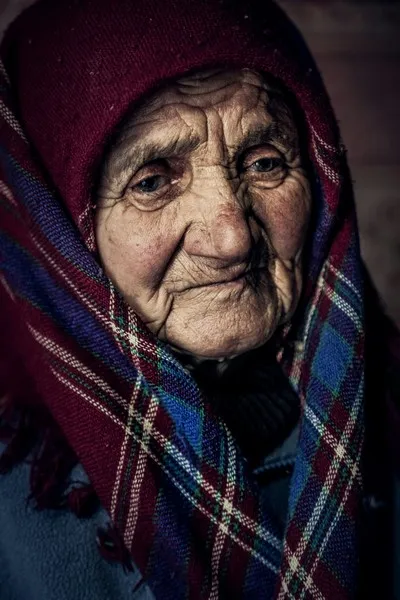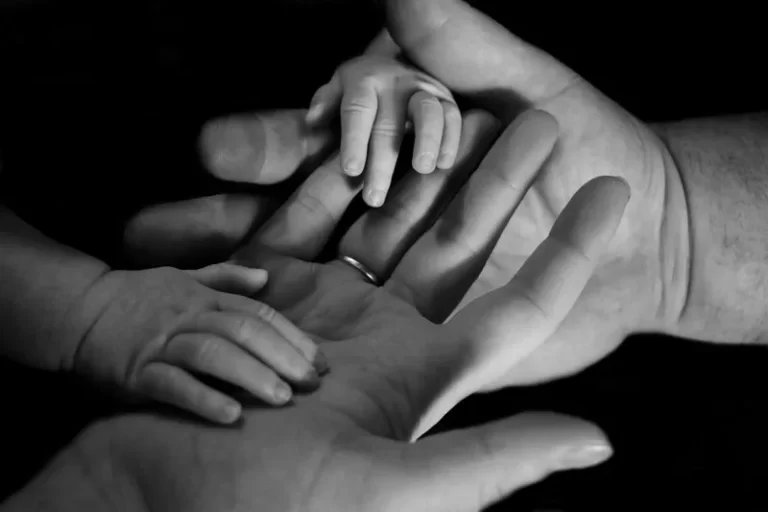Table of Contents
- Introduction
- The Biological Dimension
- The Role of Socialization and Gender Norms
- Structural Inequalities and Social Institutions
- Intersectionality: Beyond Gender Alone
- Cultural Meanings of Longevity
- Lifestyle and Health Behaviors
- Changing Patterns in the 21st Century
- Broader Sociological Implications
- Conclusion
Introduction
Life expectancy has long been a subject of sociological and demographic analysis. Around the world, one of the most persistent and intriguing patterns is that women tend to live longer than men. This gender gap in life expectancy varies across societies, but it is remarkably consistent in both developed and developing nations. Understanding why women outlive men requires an exploration of biology, lifestyle, cultural expectations, and structural inequalities. This article examines these dimensions from a sociological perspective, offering insights into the relationship between gender and longevity.
Beyond simply observing that women live longer, sociologists ask: what does this mean for social life? How do differences in longevity shape family structures, health systems, and social expectations? The sociological imagination encourages us to see this phenomenon not only as an individual health outcome but also as a collective pattern embedded in power, culture, and history.
The Biological Dimension
Biological factors play a role in shaping the gender gap in life expectancy. However, sociology teaches us that biology cannot be understood in isolation—it is always mediated by culture, environment, and social structure.
Genetic and Hormonal Factors
- Women possess two X chromosomes, which can provide a form of genetic resilience compared to men’s XY pairing. If one X chromosome has a defect, the other can compensate.
- Estrogen in women is thought to have protective cardiovascular effects, delaying the onset of heart disease, while testosterone has been associated with riskier behaviors and certain health vulnerabilities.
- The male immune system tends to be more susceptible to infectious diseases, especially in early life, which contributes to higher male infant mortality in many societies.
While biology may offer a partial explanation, it is only part of the story. If biology alone determined longevity, we would not see such significant variations in the size of the gender gap across different societies and historical periods. Thus, sociology reminds us that biology sets boundaries, but culture and structure shape how those boundaries are experienced.
The Role of Socialization and Gender Norms
Sociology emphasizes that gender is not merely biological but also a social construct. From childhood, men and women are socialized into distinct roles, expectations, and behaviors that have lifelong health consequences.
Masculinity and Risk
Men are often encouraged to embrace ideals of masculinity that emphasize risk-taking, toughness, and stoicism. This socialization can have harmful effects:
- Higher rates of smoking, drinking, and drug use among men.
- Greater participation in dangerous occupations or hobbies such as extreme sports or high-risk manual labor.
- Reluctance to seek medical help due to cultural ideals of toughness and the belief that illness is a sign of weakness.
The sociological literature on “toxic masculinity” highlights that these patterns are not natural, but produced and reinforced through peer groups, media, and institutional practices.
Femininity and Health Maintenance
Women, by contrast, are often encouraged to be more health-conscious and responsible:
- They are more likely to attend regular health check-ups, especially during reproductive years.
- Women are socialized to be attentive to bodily changes and symptoms, often encouraged to speak openly about health concerns.
- Social expectations emphasize care work, which, although stressful, also keeps women attuned to health and well-being.
This does not mean women have stress-free lives; in fact, the “double burden” of employment and domestic work can create high stress levels. However, the social expectation of attentiveness to health partially offsets the risks.
Structural Inequalities and Social Institutions
Beyond individual behavior, life expectancy is also shaped by broader social structures. The organization of work, family, and healthcare systems plays a decisive role in shaping the gender gap.
Employment and Occupational Risk
- Men are disproportionately represented in physically demanding and hazardous industries, such as construction, mining, and heavy manufacturing.
- Workplace accidents, exposure to harmful chemicals, and repetitive strain injuries disproportionately affect male life expectancy.
- Women, while increasingly present in diverse occupations, are often employed in service and care work, which carries other risks (such as emotional strain) but less immediate physical danger.
War and Violence
- Historically, men have borne the burden of military service, exposing them to risks of premature death in wars and conflicts.
- Men are also more likely to be victims of homicide and violent crime, a pattern strongly linked to social structures and gendered expectations.
- Gendered violence, although affecting women severely, usually impacts longevity less directly compared to the large-scale losses of men in armed conflict.
Healthcare Access
- Women tend to use healthcare services more frequently, in part because of reproductive health needs such as pregnancy and childbirth monitoring.
- Men may face institutional and cultural barriers to healthcare access, further widening the longevity gap. Medical institutions often assume men are less likely to seek preventive care, which can reproduce patterns of neglect.
Intersectionality: Beyond Gender Alone
Get the full article AD FREE. Join now for full access to all premium articles.
View Plans & Subscribe Already a member? Log in.





